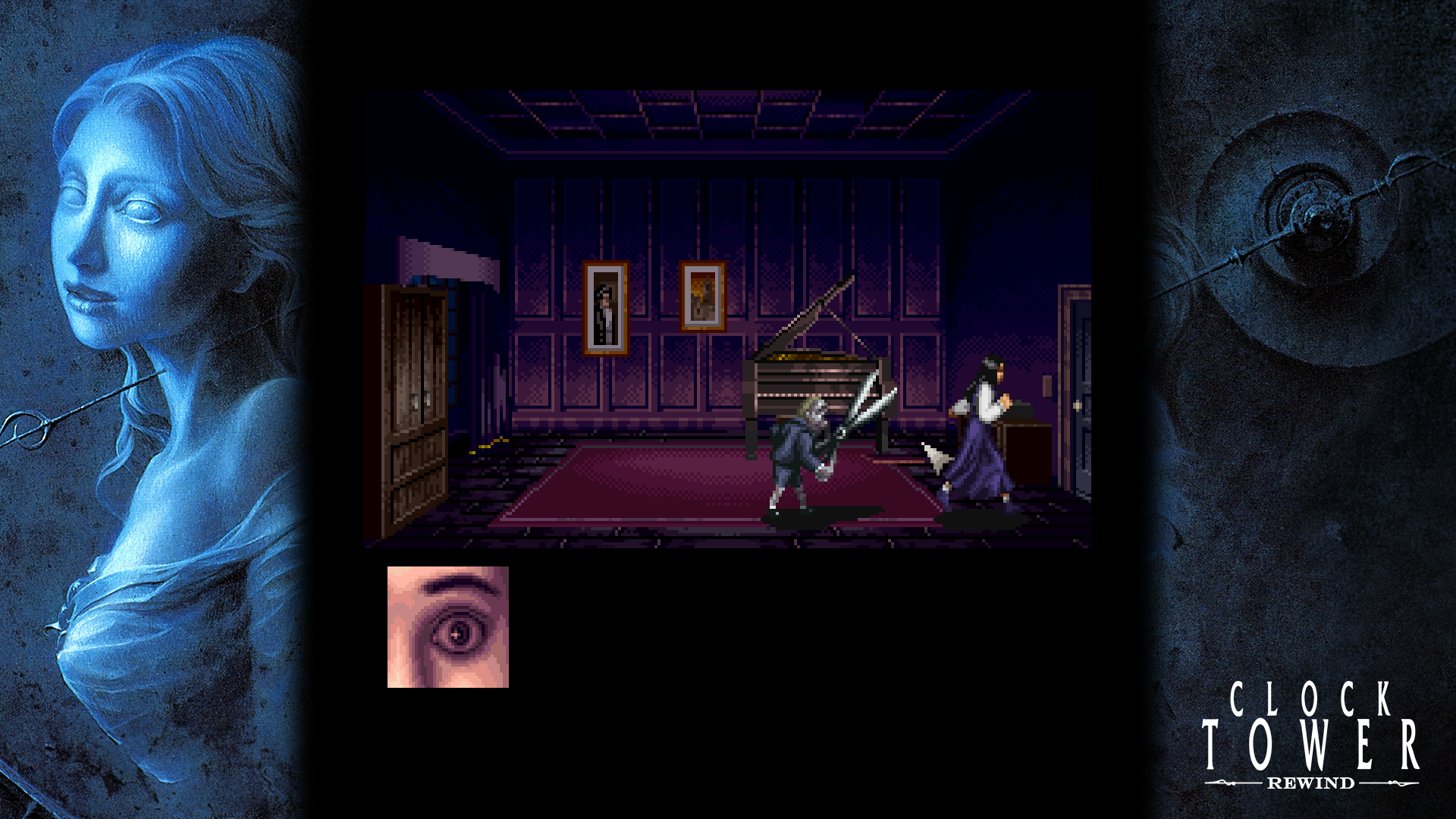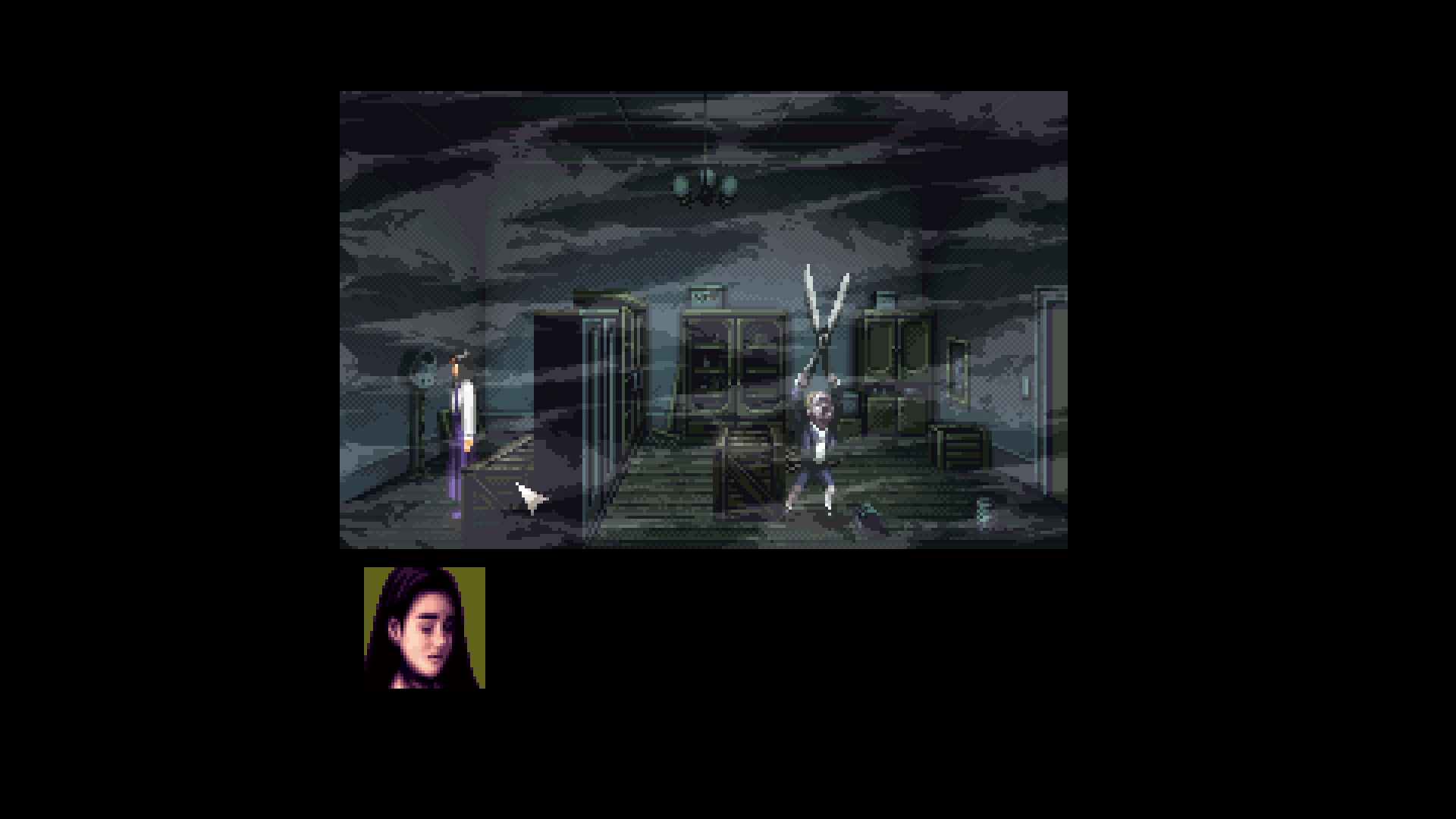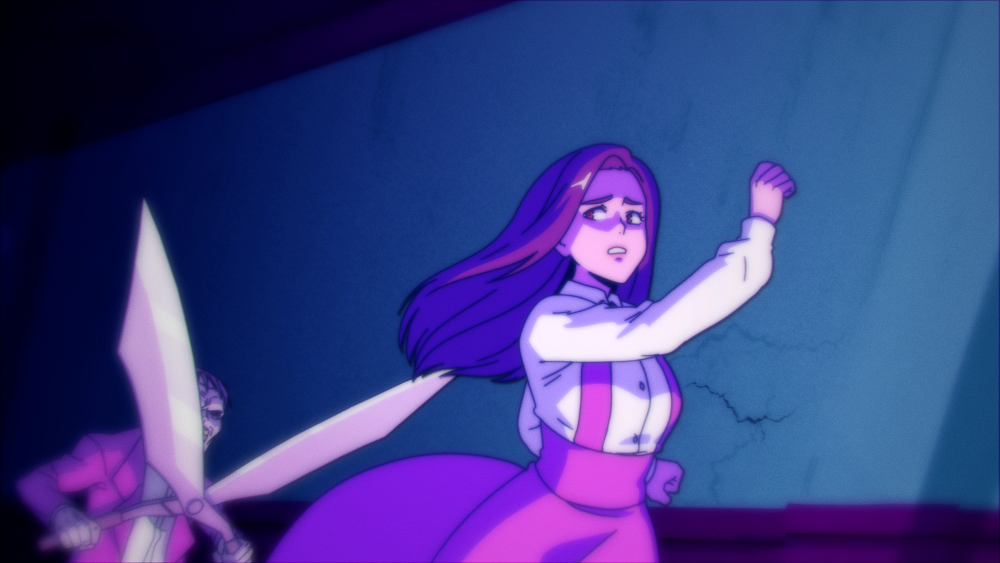
by
Evan Norris
, posted 3 hours ago / 304 Views
Japanese horror games, and the survival-horror genre in general, owe a lot to Clock Tower. Released exclusively in Japan on the Super Famicom in 1995, and featuring an underequipped, underpowered heroine exploring a creepy mansion while being stalked by an unstoppable killer, its influence can be felt in horror titles ranging from Resident Evil to Amnesia: The Dark Descent. Consequently, its first ever official international release is cause for celebration — for preservation, for posterity, and for the legions of horror fans who want to experience its pioneering gameplay firsthand. Before they jump in, however, those fans should check their expectations: Clock Tower: Rewind is neither a remake nor a remaster; it’s an enhanced port with a few bells and whistles.
For those unfamiliar with Clock Tower, it’s a 16-bit point-and-click survival-horror game developed by Human Entertainment. You assume the role of Jennifer, a young woman who travels along with several others to a remote mansion. Things go horribly wrong — of course — and Jennifer soon finds herself navigating the sprawling manor with a deranged scissor-wielding killer in pursuit. The gameplay is divided fairly evenly into three buckets: exploration, puzzle-solving, and escaping/hiding from the Scissorman.

Clock Tower: Rewind includes two versions of Human Entertainment’s game: Original and Rewind. These are not quite as different as they sound. Original is the base version of the game, released on Super Famicom in 1995, albeit with optional modern amenities like save states. Rewind, meanwhile, is a deluxe version of the game that brings in changes first introduced in the 1997 re-release on PlayStation called The First Fear. This includes a few new hiding spots, items, and scenes, and a scarier, more unpredictable villain. In addition, Jennifer now heals faster and can run up and down steps. Note that this is not an exact reproduction of the PS1 game, since it lacks the altered graphics and FMV cut-scenes. It’s really more of a hybrid.
That said, it’s arguably the best way to experience Clock Tower, since it captures the original 16-bit graphics and color palette, restores some cut content, and speeds up the pace of play. It’s sort of the best of both worlds. Unfortunately, it doesn’t correct or mitigate some nagging problems. The game still uses a fairly clunky control scheme where you run left or right with the shoulder buttons, move the cursor with the d-pad, and interact with the Y button. It also suffers from straightforward puzzles and a fair amount of tedious, pixel-hunting exploration.

In spite of those flaws, Clock Tower remains an effective, unnerving horror game. It excels at building tension, thanks to prolonged moments of silence and stillness, interrupted at random by the unstoppable monster and his snipping, eager scissors. It also excels at non-verbal environmental storytelling. As you creep through the dusty, nightmarish manor, you’ll pick up visual clues and start to piece the twisted story together. Finally, the game provides lots of replay value, thanks to nine different endings and randomized scenes.
In addition to the game itself, Clock Tower: Rewind arrives with a slew of bonus features. The best addition is probably the all-new opening theme song “Sharp Laughter”. Composed by Dale North and sung by Mary Elizabeth McGlynn, it’s a driving, haunting theme that dovetails beautifully with the game’s atmosphere and subject matter. It’s pitch perfect. On the other side of the spectrum is the new animated intro, which simply doesn’t fit. It’s not bad per se, just at odds with the vibe of Clock Tower. It’s too cartoon-y and not sufficiently ghoulish.

Other extras include a music player and a set of manga panels from The First Fear’s instruction booklet. These panels, which provide a more detailed account of the arrival of the girls to the mansion, have been upgraded for this release, with motion and voice acting added in. There’s also an interesting interview with creator Hifumi Kono, who speaks to the game’s Italian horror roots and his thoughts on the Rewind package. Finally, there’s a playable Japanese commercial demo, which is a neat curio.
How you enjoy Clock Tower: Rewind will depend largely on your needs. If you’re looking for a modern remaster that improves upon the original template with new audiovisual assets and gameplay refinements, you’ll be disappointed. If you’re looking for the real McCoy — Clock Tower as it existed in 1995 — with restored content, brand new localization, and save states, then you should be mostly satisfied. Despite some faults, including simple puzzles, a clunky control scheme, and tedious exploration, Hifumi Kono’s seminal survival-horror game is worth playing, at least once.
This review is based on a digital copy of Clock Tower: Rewind for the NS, provided by the publisher.
More Articles